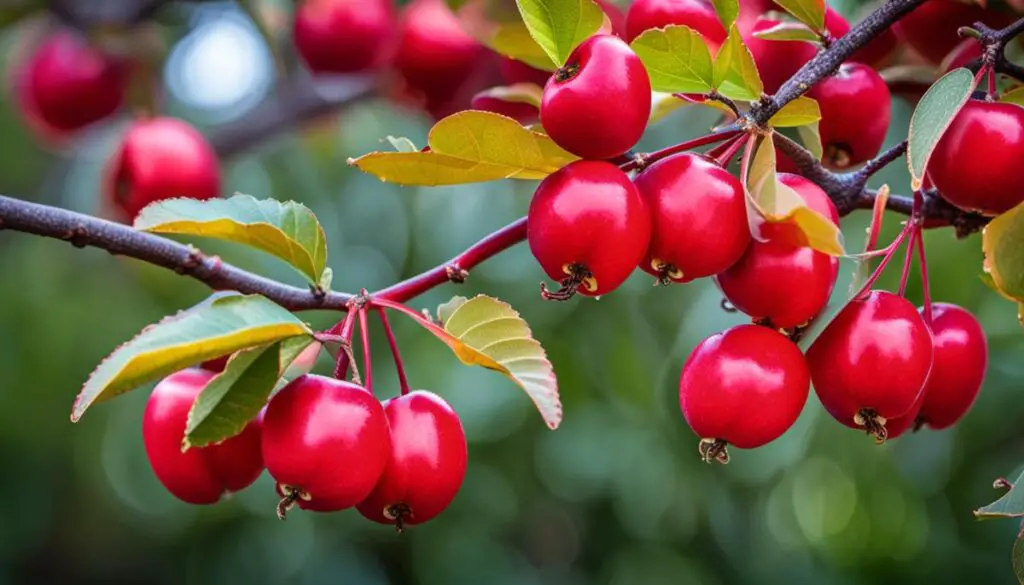Demystifying the vibrant world of red crab apples, this exploration dives into the core of this unique fruit, unveiling its extraordinary characteristics, culinary potential, health benefits, and growing techniques. The enchanting red crab apples, with their eye-catching charm, encapsulate a vast world ranging from botanical aspects to the delightful experiences they offer in various forms of cooking. The health attributes linked to them further accentuate their importance, leading to a profound understanding of their nutritional content. Also, nurturing these tiny wonders at home is an endeavor worth undertaking, and this guide aims to offer practical, easy-to-follow methods to help you cultivate your own red crab apples successfully.
The Basics of Red Crab Apples
Red crab apples
Red crab apples, more technically denoted as Malus pumila, are one of the many variations within the genus Malus, which is categorized under the rose family, Rosaceae. This particular assortment of crab apple, known for its vibrant red hue, is a popular garden spectacle due to its aesthetic quality, and it is also a core ingredient in culinary art for its acidic yet sweet flavor.
Botanical characteristics
In terms of botanical characteristics, red crab apples are small, compact trees that seldom exceed 35 feet in height. The leaves are deciduous, simple, and ovate, with serrated edges and alternate arrangement. In the spring, they become adorned with an abundance of blooms, characterized by the striking, five-petalled flowers that range in color from pure white to rosy pink and deep red.
Habitat
Red crab apples are typically found in the temperate regions of the Northern Hemisphere, namely in North America and Europe. They are quite resilient trees and can grow across a wide variety of habitats, spanning from woodlands to gardens and hedgerows.
Physical appearance
Further shedding light on the physical appearance of red crab apples, they have a small, round shape and unlike the common apple types, they seldom exceed two inches in diameter. When ripe, they boast a radiant, crimson exterior, often speckled with yellow. The flesh inside is firm, tannic, and sharp, giving it a unique taste.
Seasonality
Essentially, red crab apples follow a seasonality pattern that leaves a colorful visual impact on their surroundings. They start budding around late April and bloom during the month of May, replenishing the tree with their delightful blossoms. As fall arrives, the tree is laden with small, fiery red apples, and the leaves acquire shades of yellow, orange, and red before they fall off during the winter.
Identifying Red Crab Apples
Amongst a myriad of crab apple varieties, red crab apples distinguish themselves particularly through the vivid color and size of the apples. Their brilliant red hue provides a visually captivating contrast against the backdrop of abundant green foliage, making them a desirable component in landscaping. These apples are also slightly larger than typical crab apples and their flavor is considerably sweeter when mature. Such characteristics not only enhance their aesthetic appeal but elevate the red crab apples into a more functional category — one that finds them utilized for culinary purposes like making jellies and preserves, much unlike their ornamental counterparts.
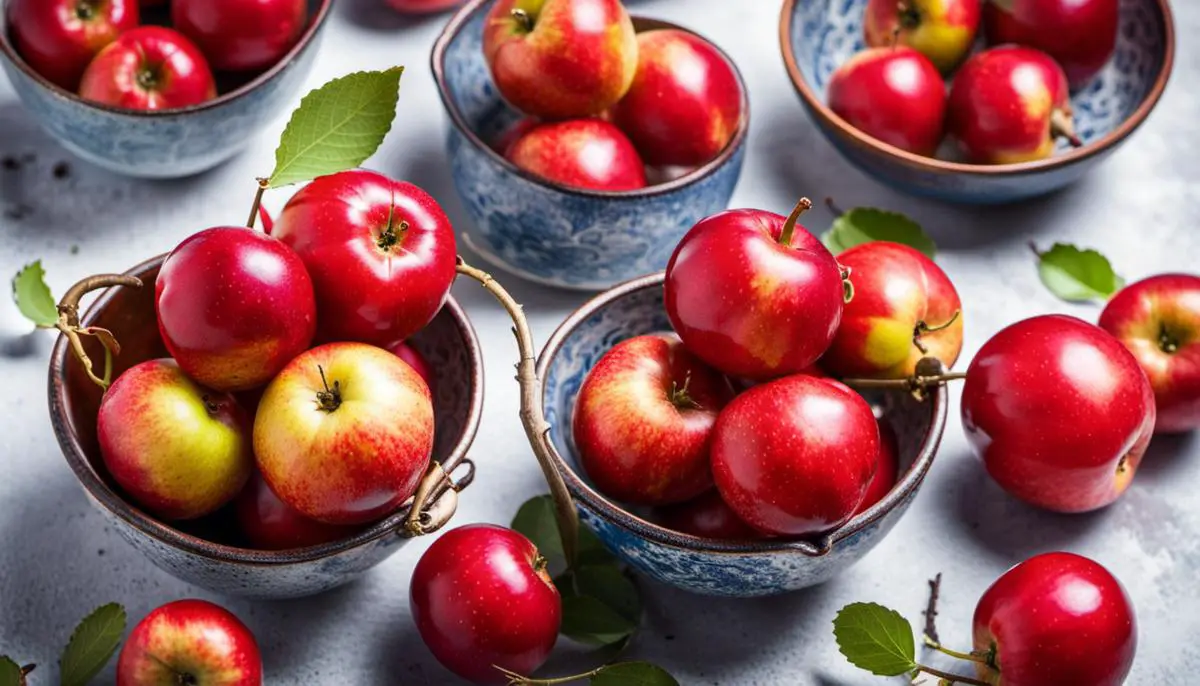
Culinary Uses of Red Crab Apples
The Versatile Red Crab Apples in the Kitchen
Red crab apples shine not just as enchanting elements in the garden but also as dynamic ingredients in the kitchen. They are renowned for their lively punch of color and sharp flavor that can be concocted into a spectrum of culinary creations, ranging from jellies and preserves to sauces and desserts. Their raw consumption might register as bitter to the palate, but their high pectin content makes them an ideal choice for preparing jellies that ooze a luxurious, pink tint. Additionally, they can be reduced into a tangy, fruity condiment that harmoniously pairs with both sweet and savory culinary delights.
Taste Profile of Red Crab Apples
Red crab apples have a uniquely acidic and tart flavor profile. When raw they can have a sour bitterness, but when cooked they develop a balanced tanginess and sweetness. Depending upon the ripeness and variety, flavors can range from intensely tart to gently sweet. The skins may add a slightly astringent note.
Preparing Red Crab Apples for Cooking
When preparing red crab apples for culinary uses, a few steps are necessary to remove the seeds and stems. Start by washing them thoroughly. Using a small, sharp knife cut off the bottoms to create a stable base. Then, you can either cut around the core or use a special coring tool, aiming to remove the tough middle section comprised of fibrous tissues and seeds. Cut the apples in quarters or halves if using in pies, or leave whole if baking or stuffing.
One must remember that red crab apples, like all apples, oxidize and easily turn brown after cutting. To prevent this, they can be placed in a bowl of water with some lemon juice added until you’re ready to cook them.
Extending the Life of Red Crab Apples
With their inherent capacity for long-term preservation, red crab apples extend the flavors of autumn throughout the entire year. Transforming these resilient fruits into jellies, jams, and other preserved forms brings out their full potential and ensures their freshness remains uncompromised. Another method of preservation involves drying them, allowing you later to rehydrate and enjoy. Their hardiness and eye-catching red hue definitely make these small fruits a popular choice for those who enjoy home preservation practices.
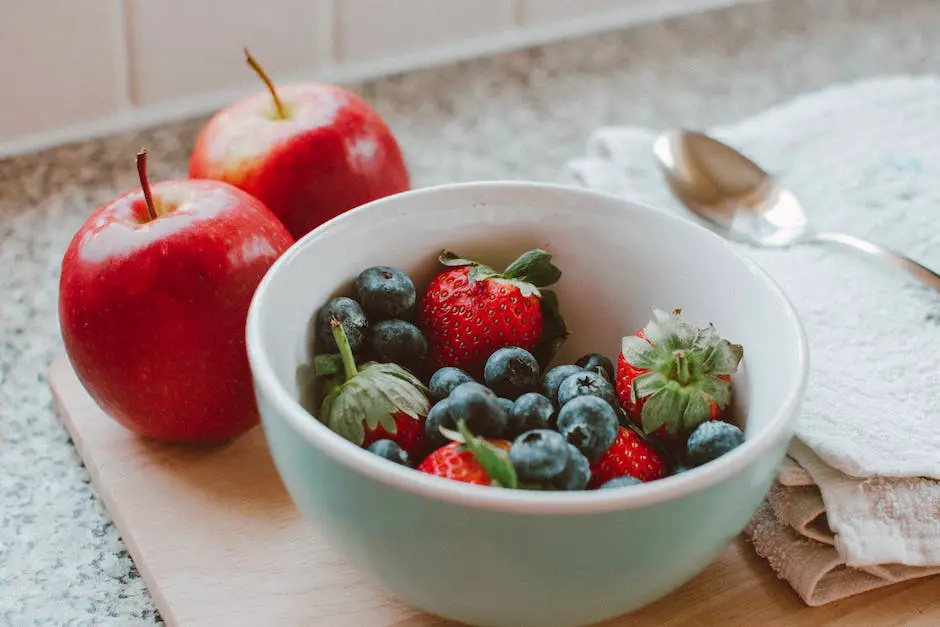
Health Benefits and Nutritional Value
The Nutritious and Health-Enhancing Red Crab Apples
Originating from North America, the small but powerfully vibrant red crab apples offer a unique blend of tart flavor and nutritional goodness. These Vitamin and fiber-rich fruits, also known as Malus, are definitely more than just a feast for your eyes. Bursting with every tiny bite, these little red apples are a healthy addition to your diet, offering numerous health benefits for your overall wellbeing.
Nutritional Value of Red Crab Apples
Red crab apples deliver a nutrient-rich profile that includes essential vitamins such as A, C and E, dietary fiber, potassium, magnesium and antioxidants. Vitamin A promotes healthy skin and eye health, while vitamin E plays a significant role in boosting the immune system. Vitamin C, a potent antioxidant, helps protect cells from damage. The fiber content aids in digestion and maintaining a healthy digestive system, while potassium regulates blood pressure.
Health Benefits of Red Crab Apples
One prominent health benefit of red crab apples is the antioxidative properties they possess, largely due to their high concentration of vitamin C and other antioxidants. These antioxidants battle against the harmful effects of free radicals, reducing risks for chronic health conditions like heart disease, cancer and diabetes.
Besides being a potent source of antioxidants, red crab apples are beneficial for heart health. They contain flavonoids which are known to potentially decrease the risk of heart diseases. The high fiber content may help lower LDL cholesterol levels, additionally contributing to heart health.
Red crab apples also contribute to a healthy gut. Their high fiber content aids digestion, prevents constipation, promotes a feeling of fullness and could potentially help in weight control. The pectin in these apples is a type of soluble fiber that’s beneficial for gut health.
Moreover, red crab apples are known to maintain healthy skin due to their vitamins A and C content. The vitamin A helps keep skin healthy while the vitamin C aids in collagen production, a protein responsible for skin’s elasticity.
Potential Health Risks
Despite these impressive health benefits, red crab apples may present some potential minor health risks. They are sour and astringent, and consuming them excessively may cause digestive discomfort such as stomach cramps or diarrhea. Furthermore, the seeds of crab apples are mildly toxic if chewed or crushed because they contain a substance that converts into cyanide. However, swallowing them whole should not pose a risk.
Red crab apples are a vibrant, versatile, and delicious fruit, where its myriad culinary uses span from appetizing starters to delectable desserts and refreshing beverages. In addition to their taste, their impressive health benefits make them a recommended addition to any wholesome diet.
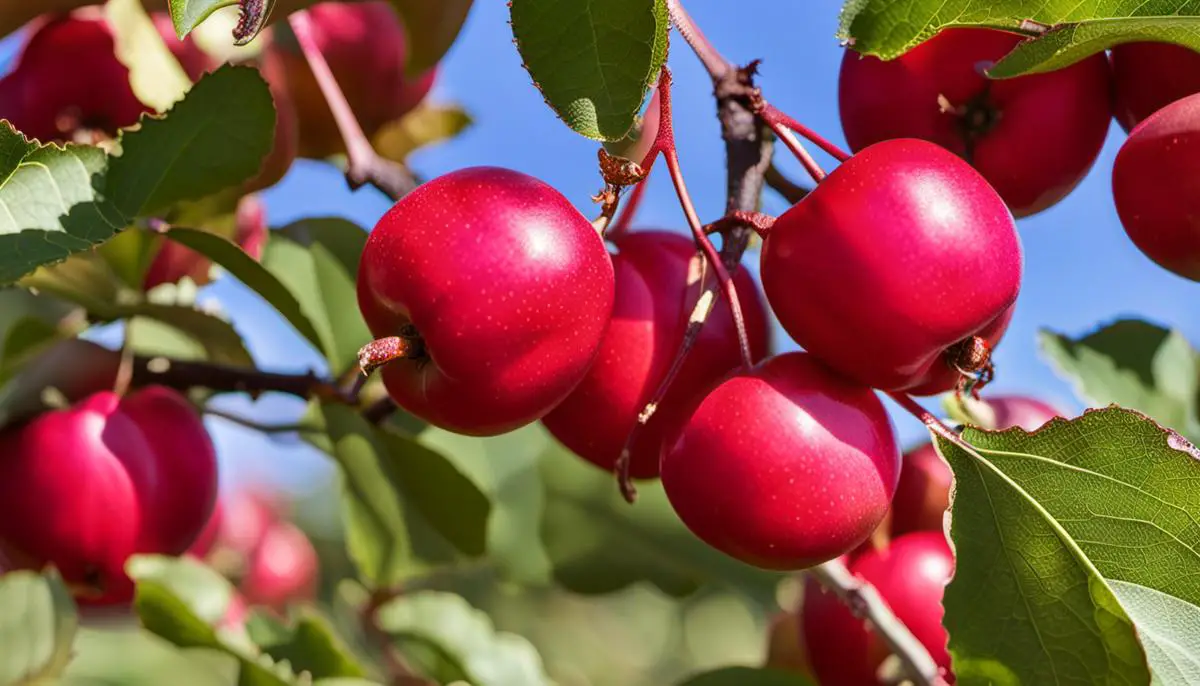
Growing and Caring for Red Crab Apples
About Red Crab Apples
Beyond just their culinary applications, red crab apples play a dual role of providing aesthetic beauty and practical functionality. Their trees are a sight for sore eyes, with healthy, dark-green leaves in the summer that transform into brilliant hues of yellow and orange come fall. This adds an unmatched charm to your landscapes. The attractive crimson fruits also double as an essential food source for local wildlife. They make fantastic jellies, and people have even found medicinal usage for them, such as helping to lower blood pressure and relieving fever symptoms.
Understanding the physical composition of a red crab apple tree
The tree often grows between 15 to 25 feet high and almost equally wide, creating a breathtaking aesthetic in your garden. Its bark is smooth when young, but ultimately transforms into a rougher texture, peeling off in horizontal strips. Moreover, the deciduous leaves of the crab apple tree posses an oval shape, with serrated edges, growing into 2 to 4-inch lengths.
Optimal soil conditions for cultivating red crab apples
Optimal soil conditions for cultivating red crab apples include moderately moist, well-drained soils with an optimum pH range between 5.0 to 7.0. However, these robust trees can tolerate a variety of soil types, including sand, loam, and clay. They can also withstand wet or dry soil conditions, as long as there is adequate drainage.
Successful red crab apple cultivation
Successful red crab apple cultivation also relies on exposure to full sunlight. While the trees can tolerate partial shade, full sunlight exposure (at least six hours of direct, unfiltered sunlight each day) will ensure the best growth and production of vibrant, red fruits. Watering practices also determine the health and productivity of red crab apples significantly. Although the trees have moderate drought tolerance once established, it’s necessary to regularly water them, especially during dry spells. Watering should be deep and infrequent, rather than light and frequent. Ensuring the soil is adequately moist without becoming waterlogged will ensure healthy growth.
Proper tree care
Proper tree care is vital to a plentiful harvest of red crab apples. This involves regular inspection for common diseases, such as fire blight, apple scab, and cedar-apple rust. Also, regular pruning improves the tree’s health and enhances fruit production. Pruning should remove dead or diseased branches and open up the tree to more light and air, enhancing fruit quality and reducing disease vulnerability. Fertilization is an essential part of red crab apple tree care. Regular applications of a balanced fertilizer encourage robust growth. However, over-fertilization may result in an overly vigorous tree with decreased fruit production.
Maintaining a healthy red crab apple tree
Maintaining a healthy red crab apple tree is rewarding not only aesthetically but also functionally. The fruit variety ensures year-round grandeur, sumptuous fruits for fresh eating or jelly, and a habitat for local wildlife. Whether for your garden or homestead, the red crab apple tree serves a delightful purpose.
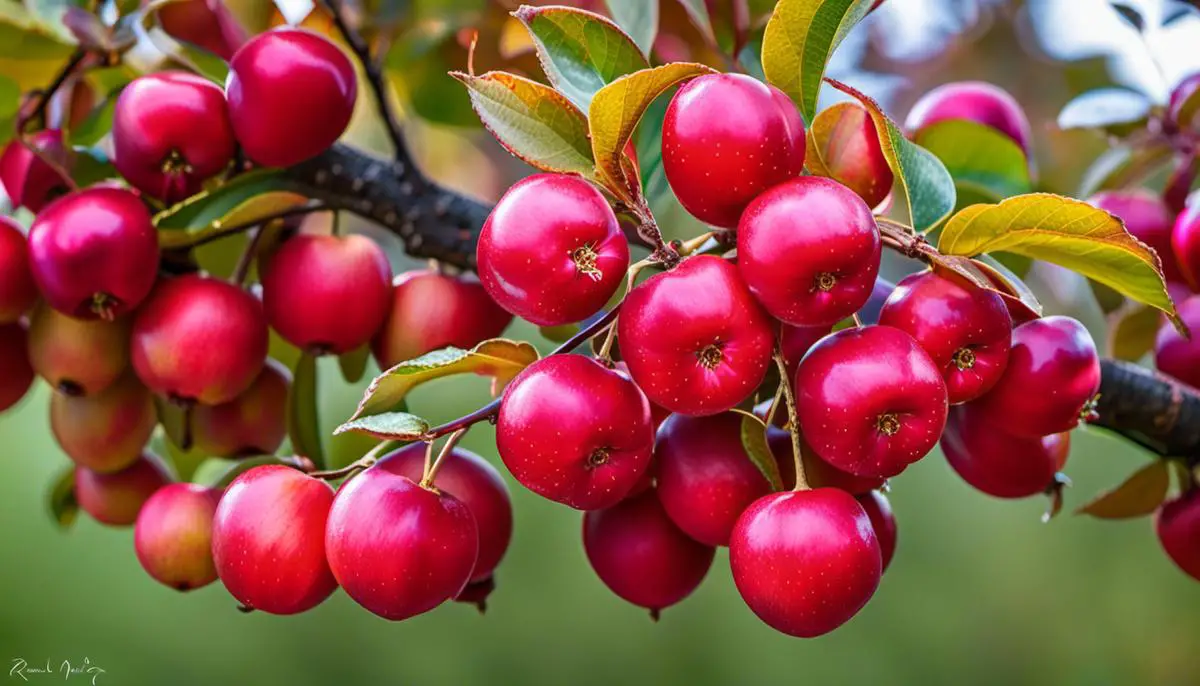
Having delved into the vast world of red crab apples, one can truly appreciate the depth and breadth hidden beneath their vibrant red skin. From their physical characteristics to their place in the culinary world, they play an invaluable role. Understanding their health benefits and nutritional value encourages their incorporation into everyday diets for a healthier lifestyle. Furthermore, the ability to grow and care for these fruits presents an engaging, rewarding venture. At heart, beneath their appealing facade, red crab apples hold a multifaceted richness that continues to charm and benefit mankind in a myriad of ways.
